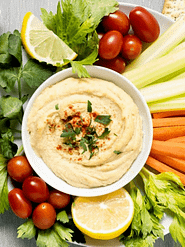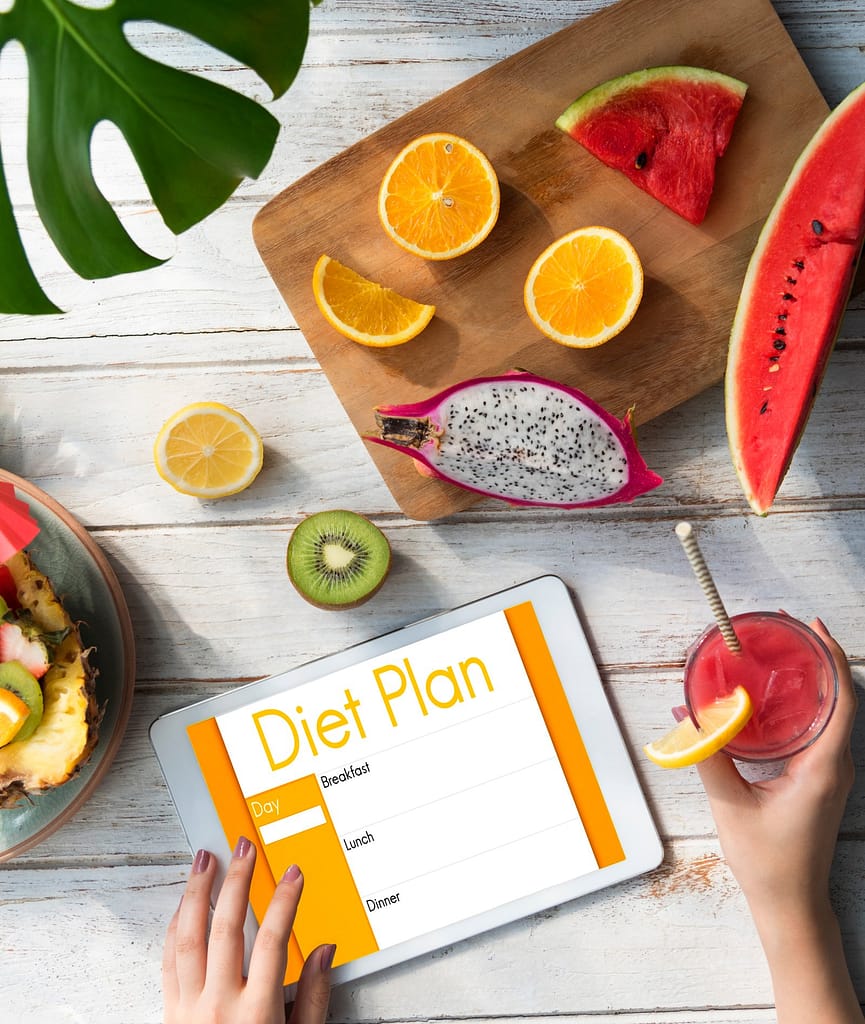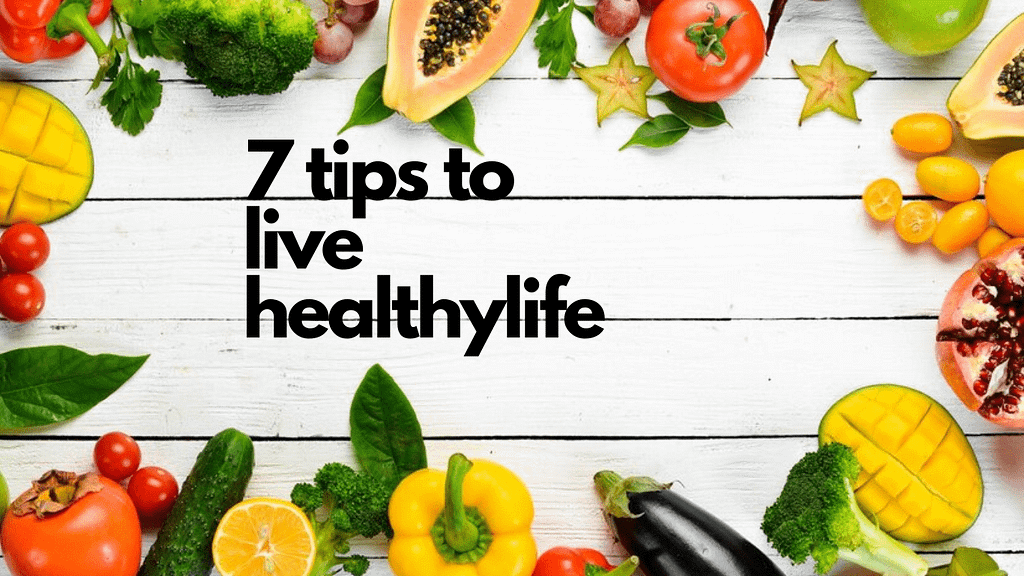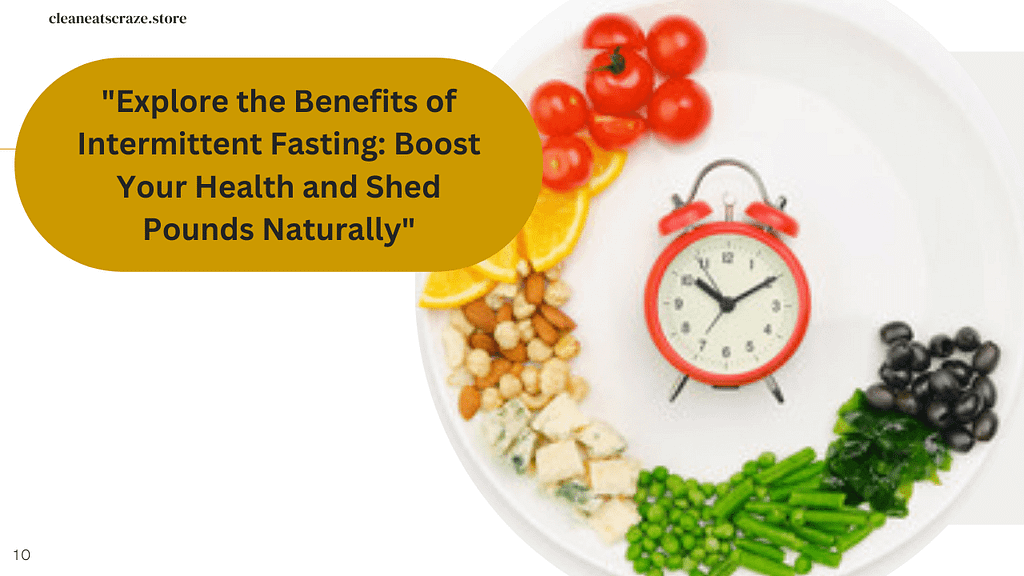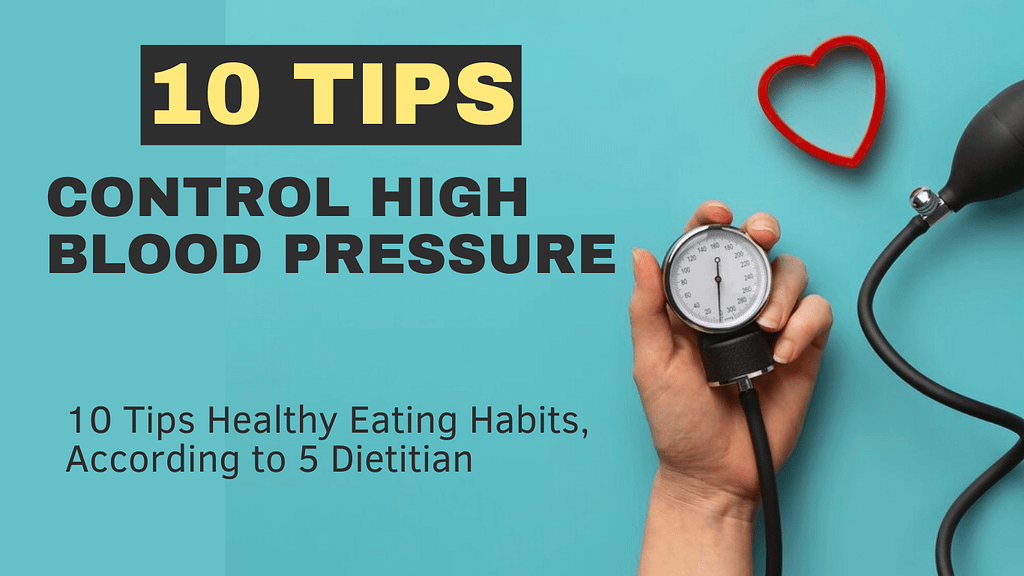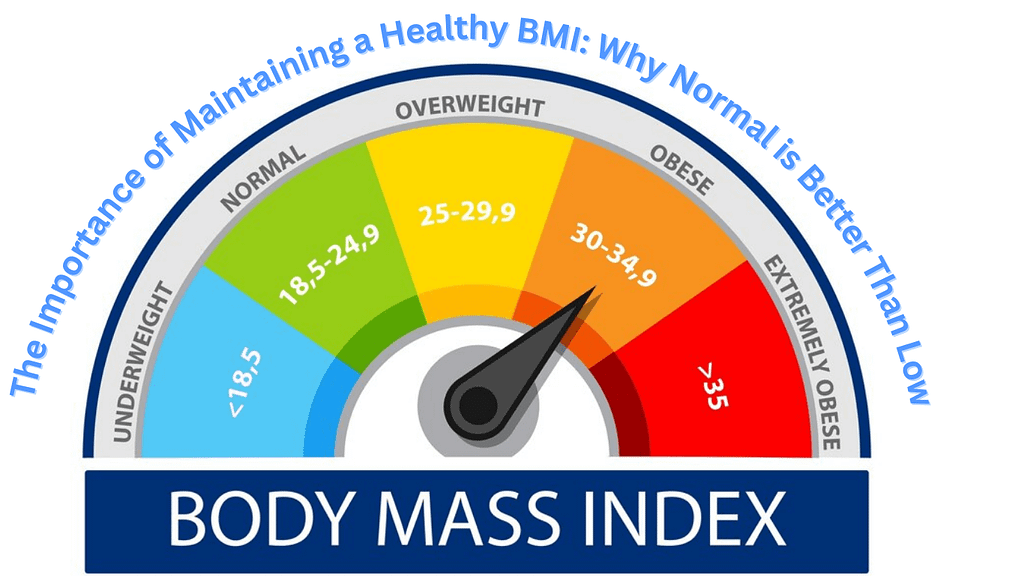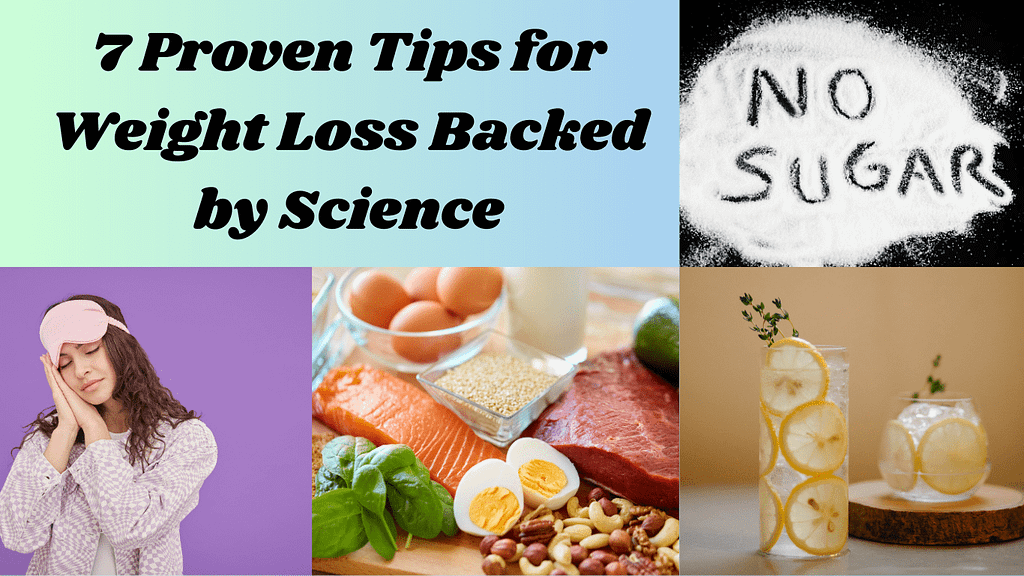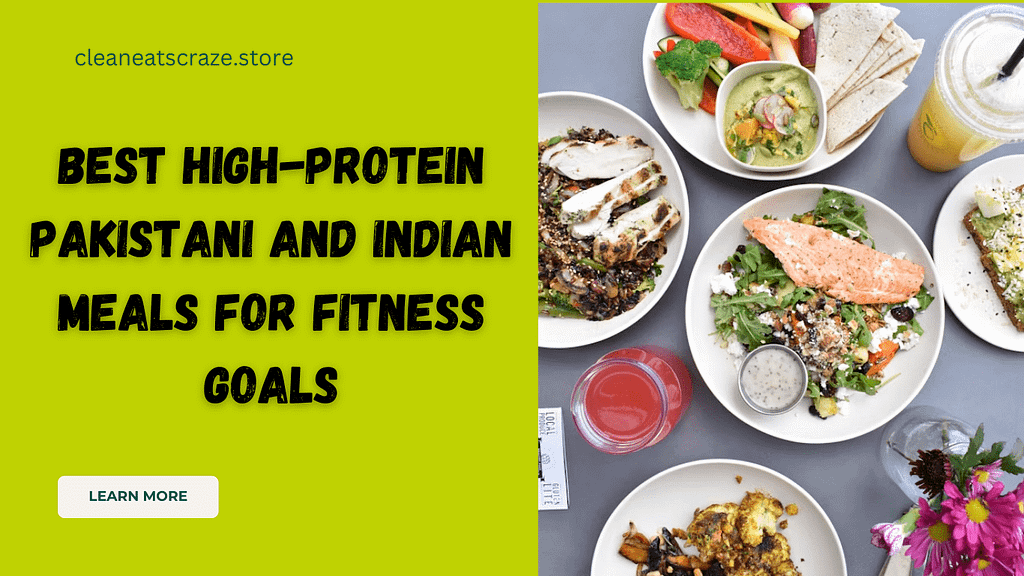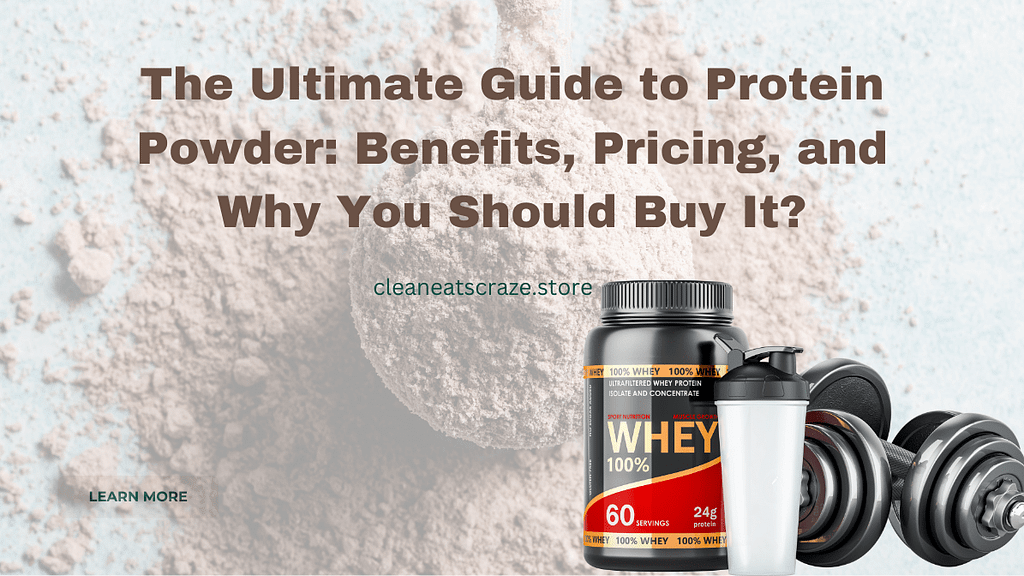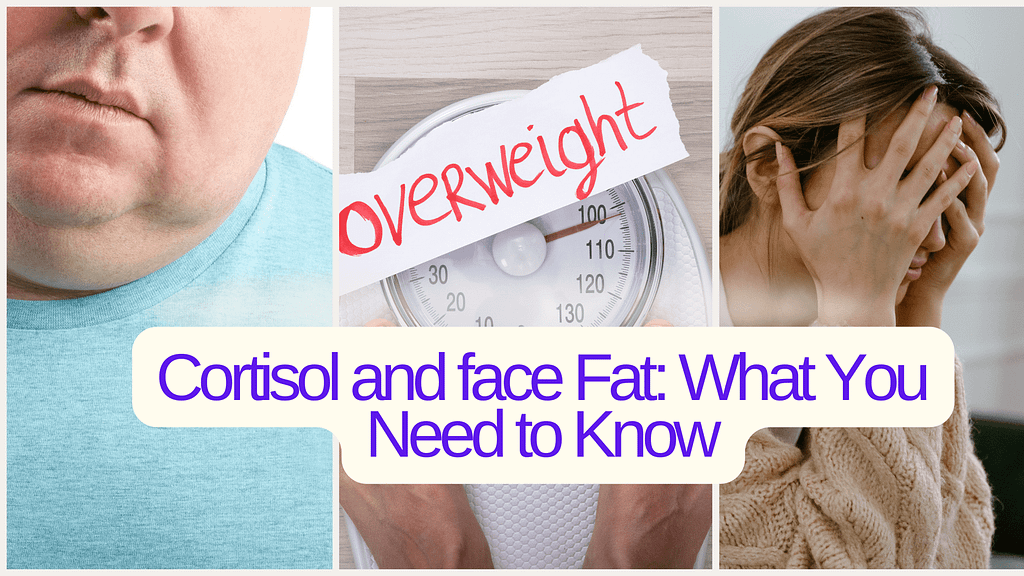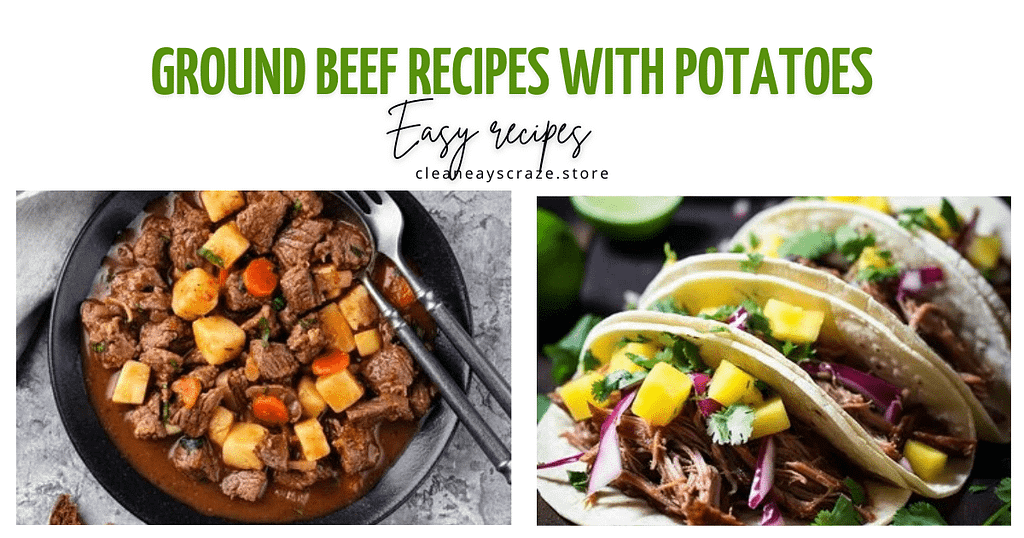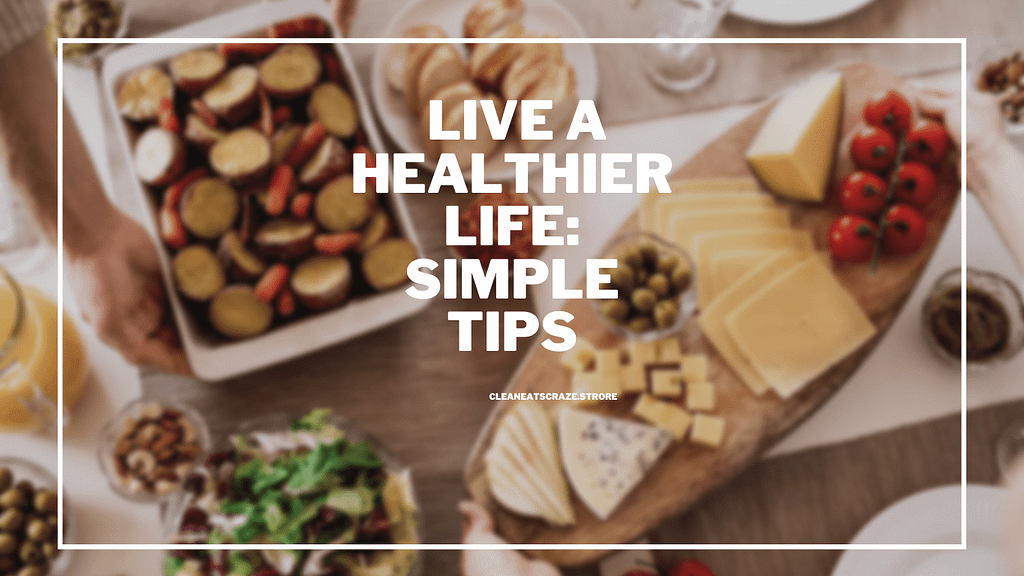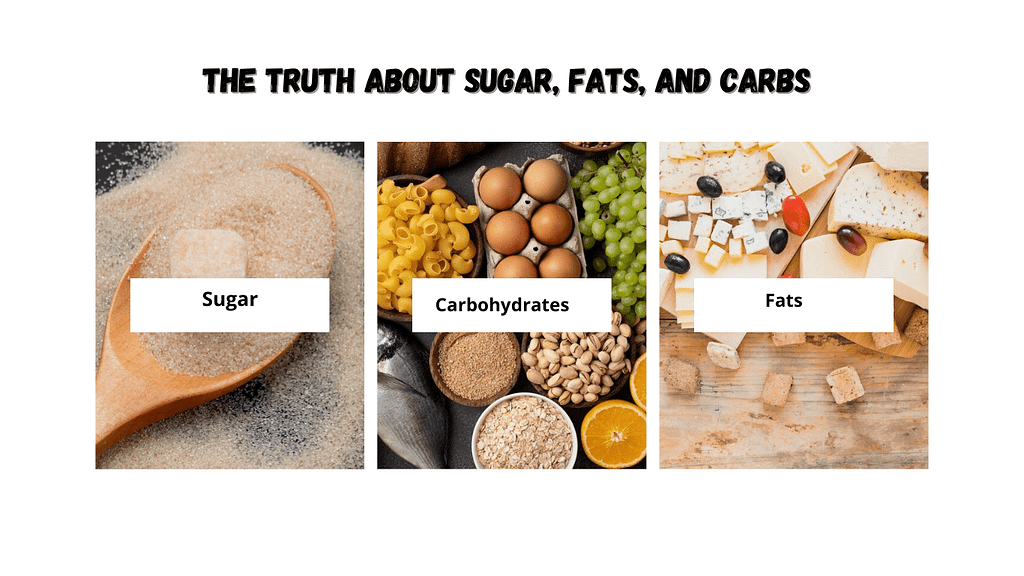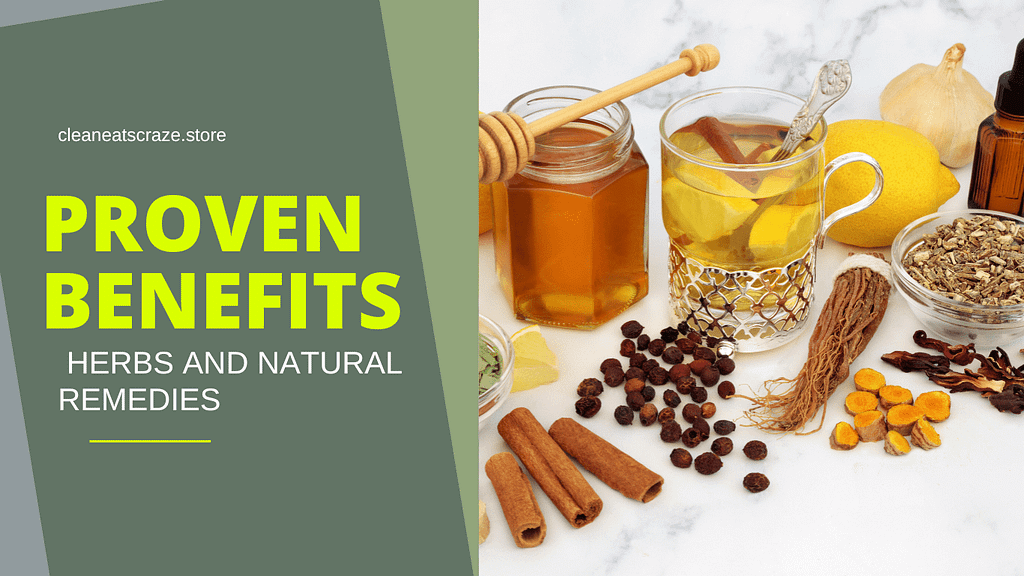Starting a weight-loss journey can be both exciting and challenging. With the right plan and mindset, you can achieve your goals in a healthy and sustainable way. This 3-month diet plan is designed to help you lose weight by focusing on balanced nutrition, calorie control, and consistency. Let’s dive in!
Table of Contents
Setting a Calorie Goal
Once you know your maintenance calories, create a calorie deficit:
- Aim for a 500–750 calorie deficit per day for a gradual and sustainable weight loss of 1–1.5 pounds per week.
- Ensure you’re consuming at least 1,200 calories daily for women and 1,500 calories daily for men to meet your nutritional needs.
The 3-Month Diet Plan
Month 1: Building Healthy Habits
Calories: Women: 1,200-1,500/day, Men: 1,500-1,800/day
- Breakfast:
- Greek yogurt with berries and a tablespoon of honey.
Benefits
- In Greek yogurt with berries and a tablespoon of honey, the vitamins typically present include:
- Vitamin C: Found in berries, supporting immune function and skin health.
- Vitamin K: Present in berries, essential for blood clotting and bone health.
- B Vitamins (B2, B3): Provided by Greek yogurt and berries, supporting energy metabolism.
- Folate (Vitamin B9): Present in berries, essential for cell division and DNA synthesis.
- Vitamin E: Provided by the honey, contributing antioxidant properties.
- Vitamin B5 (Pantothenic Acid): Found in Greek yogurt and berries, important for energy metabolism and hormone synthesis.
- These vitamins, along with the other nutrients present in the ingredients, make Greek yogurt with berries and honey a nutritious and delicious snack or breakfast option.

- Oatmeal topped with banana slices and a sprinkle of chia seeds.
Benefits
In oatmeal topped with banana slices and a sprinkle of chia seeds, the vitamins typically present include:
- Vitamin B6: Found in oats and bananas, important for brain health and metabolism.
- Vitamin C: Present in bananas, supporting immune function and skin health.
- Vitamin K: Found in oats and chia seeds, essential for blood clotting and bone health.
- Folate (Vitamin B9): Present in oats and bananas, necessary for cell division and DNA synthesis.
- Vitamin E: Provided by the chia seeds, contributing antioxidant properties.
- Vitamin B5 (Pantothenic Acid): Found in oats and bananas, crucial for energy metabolism and hormone synthesis.
- These vitamins, along with the other nutrients present in oatmeal, bananas, and chia seeds, make this breakfast option a nutritious and filling choice.

- Lunch:
- Grilled chicken salad with mixed greens, cherry tomatoes, cucumber, and a light vinaigrette.
- Benefits
- In a grilled chicken salad featuring mixed greens, cherry tomatoes, cucumber, and a light vinaigrette, the vitamins typically present include:
- Vitamin A: Abundant in mixed greens, tomatoes, and cucumber, supporting vision and immune function.
- Vitamin C: Found in cherry tomatoes and cucumber, crucial for immune health and skin integrity.
- Vitamin K: Present in mixed greens and cucumber, important for blood clotting and bone health.
- B Vitamins (B1, B2, B3, B6): Provided by chicken and various vegetables, supporting energy metabolism.
- Folate (Vitamin B9): Found in mixed greens and cucumber, essential for cell division and DNA synthesis.
- Vitamin E: Present in the vinaigrette if made with ingredients like olive oil, contributing antioxidant properties.
- Vitamin B5 (Pantothenic Acid): Provided by chicken and vegetables, important for energy metabolism and hormone synthesis.
- These vitamins contribute to overall health and well-being, making the grilled chicken salad a nutritious meal option.

- A quinoa bowl featuring black beans, corn, avocado, and salsa.
- Benefits
- Vitamin A: Found in avocado.
- Vitamin C: Present in salsa.
- Vitamin K: Avocado contains it.
- B Vitamins (B1, B2, B3, B6): Found in quinoa, black beans, and avocado.
- Folate (Vitamin B9): Black beans and avocado are sources.
- Vitamin E: Provided by avocado.
- Vitamin B5 (Pantothenic Acid): Present in black beans and avocado.
- These vitamins support various bodily functions, including energy metabolism and immune health.

- Dinner:
- Oven-baked salmon served with steamed broccoli and sweet potato.
Benefits
- In oven-baked salmon served with steamed broccoli and sweet potato, the vitamins typically present include:
- Vitamin A: Abundant in sweet potatoes, essential for vision and immune function.
- Vitamin C: Found in broccoli and sweet potatoes, supporting immune function and skin health.
- Vitamin K: Present in broccoli and sweet potatoes, important for blood clotting and bone health.
- B Vitamins (B6, B12): Provided by salmon and sweet potatoes, supporting brain health and energy metabolism.
- Folate (Vitamin B9): Present in broccoli and sweet potatoes, necessary for cell division and DNA synthesis.
- Vitamin E: Provided by salmon, contributing antioxidant properties.
- Vitamin B5 (Pantothenic Acid): Found in salmon and sweet potatoes, crucial for energy metabolism and hormone synthesis.
- These vitamins, along with the other nutrients present in the dish, make oven-baked salmon with steamed broccoli and sweet potatoes a nutritious and balanced meal option.

- Stir-fry tofu with mixed vegetables and brown rice.
Benefits
- In stir-fry tofu with mixed vegetables and brown rice, the vitamins typically present include:
- Vitamin A: Abundant in mixed vegetables like carrots and bell peppers, crucial for vision and immune function.
- Vitamin C: Found in mixed vegetables, supporting immune function and skin health.
- Vitamin K: Present in mixed vegetables, important for blood clotting and bone health.
- B Vitamins (B1, B2, B6): Provided by tofu and brown rice, supporting energy metabolism.
- Folate (Vitamin B9): Present in mixed vegetables and brown rice, necessary for cell division and DNA synthesis.
- Vitamin E: Provided by tofu, contributing antioxidant properties.
- Vitamin B5 (Pantothenic Acid): Found in tofu and brown rice, crucial for energy metabolism and hormone synthesis.
- These vitamins, along with the other nutrients present in the dish, make stir-fry tofu with mixed vegetables and brown rice a nutritious and satisfying meal option.

- Snacks:
- Apple slices with almond butter.
In apple slices with almond butter, the vitamins typically present include:
- Vitamin A: Found in small amounts in apples, important for vision and immune function.
- Vitamin C: Abundant in apples, supporting immune function and skin health.
- Vitamin E: Provided by almond butter, contributing antioxidant properties and skin health.
- B Vitamins (B2, B3, B6): Present in almond butter, supporting energy metabolism and brain health.
- Folate (Vitamin B9): Found in almond butter, essential for cell division and DNA synthesis.
These vitamins, along with the other nutrients present in apple slices and almond butter, make this snack a nutritious and delicious option.

- Carrot sticks with hummus.
In carrot sticks with hummus, the vitamins typically present include:
- Vitamin A: Abundant in carrots, essential for vision and immune function.
- Vitamin C: Found in carrots, supporting immune function and skin health.
- Vitamin K: Present in carrots, important for blood clotting and bone health.
- B Vitamins (B1, B2, B6): Provided by chickpeas in hummus, supporting energy metabolism and brain health.
- Folate (Vitamin B9): Found in chickpeas in hummus, necessary for cell division and DNA synthesis.
- Vitamin E: Present in some hummus recipes that use olive oil, contributing antioxidant properties.
These vitamins, along with other nutrients present in carrot sticks and hummus, make this a nutritious and tasty snack option.
Month 2: Increasing Nutrient Density
Calories: Women: 1,200-1,400/day, Men: 1,500-1,700/day
- Breakfast:
- Smoothie with spinach, protein powder, almond milk, and frozen berries.
In a smoothie with spinach, protein powder, almond milk, and frozen berries, the vitamins typically present include:
- Vitamin A: Found in spinach and berries, essential for vision and immune function.
- Vitamin C: Abundant in spinach and berries, supporting immune function and skin health.
- Vitamin K: Present in spinach, important for blood clotting and bone health.
- B Vitamins (B1, B2, B6): Provided by spinach and protein powder, supporting energy metabolism and brain health.
- Folate (Vitamin B9): Found in spinach and berries, necessary for cell division and DNA synthesis.
- Vitamin E: Provided by almond milk, contributing antioxidant properties.
- Vitamin D: Sometimes present in fortified almond milk, essential for bone health and immune function.
These vitamins, along with other nutrients present in the smoothie, make it a nutritious and balanced option for a meal or snack. 
- Whole-grain toast with avocado and a poached egg.
In whole-grain toast with avocado and a poached egg, the vitamins typically present include:
- Vitamin A: Found in avocado and eggs, important for vision and immune function.
- Vitamin C: Present in avocado, supporting immune function and skin health.
- Vitamin K: Found in avocado, important for blood clotting and bone health.
- B Vitamins (B1, B2, B3, B6, B12): Provided by whole grains and eggs, supporting energy metabolism and brain health.
- Folate (Vitamin B9): Present in avocado and eggs, necessary for cell division and DNA synthesis.
- Vitamin E: Found in avocado, contributing antioxidant properties.
- Vitamin D: Present in eggs, essential for bone health and immune function.
These vitamins, along with other nutrients present in the dish, make whole-grain toast with avocado and a poached egg a nutritious and balanced meal option.
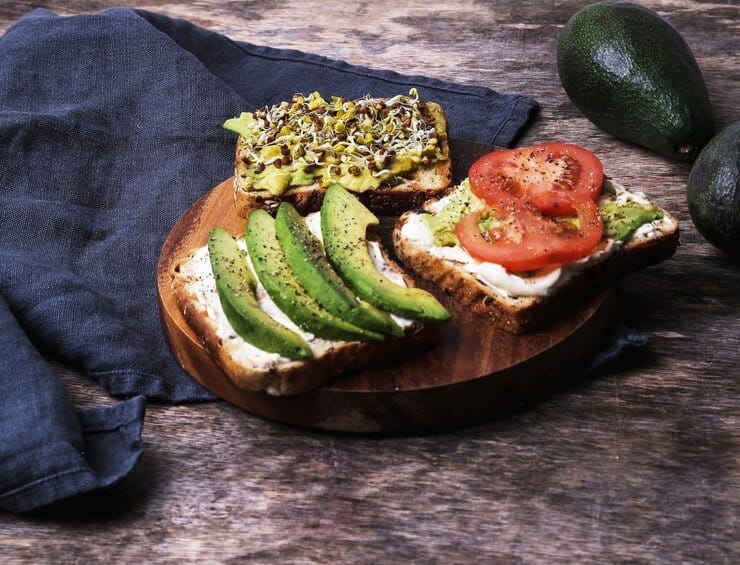
- Lunch:
- Turkey wrap made with a whole-grain tortilla, filled with lettuce, tomato, and mustard.
- In a turkey wrap made with a whole-grain tortilla, filled with lettuce, tomato, and mustard, the vitamins typically present include:
- Vitamin A: Found in lettuce and tomatoes, important for vision and immune function.
- Vitamin C: Abundant in tomatoes and lettuce, supporting immune function and skin health.
- Vitamin K: Present in lettuce and tomatoes, important for blood clotting and bone health.
- B Vitamins (B1, B2, B3, B6): Provided by whole-grain tortilla and turkey, supporting energy metabolism and brain health.
- Folate (Vitamin B9): Found in lettuce, tomatoes, and whole grains, necessary for cell division and DNA synthesis.
- Vitamin E: Present in whole-grain tortilla, contributing antioxidant properties.
- These vitamins, along with other nutrients present in the turkey wrap, make it a nutritious and balanced meal option.

- Chickpea salad with cucumbers, tomatoes, red onion, and feta cheese.
In a chickpea salad with cucumbers, tomatoes, red onion, and feta cheese, the vitamins typically present include:
- Vitamin A: Found in tomatoes, important for vision and immune function.
- Vitamin C: Abundant in tomatoes and cucumbers, supporting immune function and skin health.
- Vitamin K: Present in tomatoes and cucumbers, important for blood clotting and bone health.
- B Vitamins (B1, B2, B6): Provided by chickpeas, supporting energy metabolism and brain health.
- Folate (Vitamin B9): Found in chickpeas and tomatoes, necessary for cell division and DNA synthesis.
- Vitamin E: Present in feta cheese, contributing antioxidant properties.
- These vitamins, along with other nutrients present in the salad, make it a nutritious and flavorful option for a meal or side dish.

- Dinner:
- Lean beef stir-fry with bell peppers, onions, and brown rice.
In lean beef stir-fry with bell peppers, onions, and brown rice, the vitamins typically present include:
- Vitamin A: Found in bell peppers and onions, important for vision and immune function.
- Vitamin C: Abundant in bell peppers and onions, supporting immune function and skin health.
- Vitamin K: Present in bell peppers and onions, important for blood clotting and bone health.
- B Vitamins (B1, B2, B6, B12): Provided by lean beef and brown rice, supporting energy metabolism and brain health.
- Folate (Vitamin B9): Found in bell peppers, onions, and brown rice, necessary for cell division and DNA synthesis.
- Iron: Present in lean beef, essential for oxygen transport and energy production.
- Zinc: Found in lean beef, important for immune function and wound healing.
These vitamins and minerals, along with other nutrients present in the dish, make it a nutritious and satisfying meal option.

- Baked chicken with a side of quinoa and roasted Brussels sprouts.
In baked chicken with a side of quinoa and roasted Brussels sprouts, the vitamins typically present include:
- Vitamin A: Found in Brussels sprouts, important for vision and immune function.
- Vitamin C: Abundant in Brussels sprouts, supporting immune function and skin health.
- Vitamin K: Present in Brussels sprouts, important for blood clotting and bone health.
- B Vitamins (B1, B2, B3, B6): Provided by chicken and quinoa, supporting energy metabolism and brain health.
- Folate (Vitamin B9): Found in Brussels sprouts and quinoa, necessary for cell division and DNA synthesis.
- Iron: Present in chicken and quinoa, essential for oxygen transport and energy production.
These vitamins and minerals, along with other nutrients present in the dish, make it a nutritious and well-balanced meal option.

- Snacks:
- Cottage cheese with pineapple chunks.
In cottage cheese with pineapple chunks, the vitamins typically present include:
- Vitamin A: Found in pineapple, important for vision and immune function.
- Vitamin C: Abundant in pineapple, supporting immune function and skin health.
- Vitamin B6: Present in cottage cheese, important for brain health and metabolism.
- Folate (Vitamin B9): Found in cottage cheese, necessary for cell division and DNA synthesis.
- Calcium: Provided by cottage cheese, essential for bone health and muscle function.
- Vitamin B12: Present in cottage cheese, important for nerve function and energy production.
These vitamins and minerals, along with other nutrients present in the dish, make it a nutritious and satisfying snack or meal option.

- Mixed nuts and seeds.
In mixed nuts and seeds, the vitamins typically present include:
- Vitamin E: Abundant in nuts like almonds and seeds like sunflower seeds, contributing antioxidant properties.
- Vitamin B6: Found in nuts and seeds, important for brain health and metabolism.
- Folate (Vitamin B9): Present in nuts and seeds, necessary for cell division and DNA synthesis.
- Niacin (Vitamin B3): Found in nuts and seeds, crucial for energy metabolism and skin health.
- Thiamine (Vitamin B1): Present in nuts and seeds, supporting energy metabolism and nerve function.
- Riboflavin (Vitamin B2): Abundant in nuts and seeds, important for energy production and cell growth.
- Vitamin K: Found in seeds like pumpkin seeds, important for blood clotting and bone health.
These vitamins, along with minerals like magnesium, zinc, and iron present in nuts and seeds, make them a nutritious and convenient snack option.

Month 3: Refining Your Routine
Calories: Women: 1,200-1,300/day, Men: 1,500-1,600/day
- Breakfast:
- Egg white omelet with spinach and tomatoes.
In an egg white omelet with spinach and tomatoes, the vitamins typically present include:
- Vitamin A: Found in spinach and tomatoes, important for vision and immune function.
- Vitamin C: Abundant in spinach and tomatoes, supporting immune function and skin health.
- Vitamin K: Present in spinach, important for blood clotting and bone health.
- B Vitamins (B2, B6): Provided by egg whites and spinach, supporting energy metabolism and brain health.
- Folate (Vitamin B9): Found in spinach and tomatoes, necessary for cell division and DNA synthesis.
- Vitamin E: Present in spinach, contributing antioxidant properties.
These vitamins, along with other nutrients present in the egg white omelet with spinach and tomatoes, make it a nutritious and low-calorie meal option.

- Overnight oats mixed with chia seeds and almond milk.
In overnight oats mixed with chia seeds and almond milk, the vitamins typically present include:
- Vitamin A: Found in small amounts in oats and almond milk, important for vision and immune function.
- Vitamin C: Present in fortified almond milk, supporting immune function and skin health.
- Vitamin K: Found in oats and chia seeds, important for blood clotting and bone health.
- B Vitamins (B1, B2, B3, B6): Provided by oats, supporting energy metabolism and brain health.
- Folate (Vitamin B9): Found in oats, necessary for cell division and DNA synthesis.
- Vitamin E: Abundant in almond milk and chia seeds, contributing antioxidant properties.
- Calcium: Provided by fortified almond milk, essential for bone health and muscle function.
These vitamins, along with other nutrients present in the overnight oats, chia seeds, and almond milk, make it a nutritious and convenient breakfast option.

- Lunch:
- Shrimp and avocado salad topped with a citrus dressing.
In a shrimp and avocado salad topped with a citrus dressing, the vitamins typically present include:
- Vitamin A: Found in avocado, important for vision and immune function.
- Vitamin C: Abundant in the citrus dressing and avocado, supporting immune function and skin health.
- Vitamin K: Present in avocado, important for blood clotting and bone health.
- B Vitamins (B6, B12): Provided by shrimp, supporting energy metabolism and brain health.
- Folate (Vitamin B9): Found in avocado, necessary for cell division and DNA synthesis.
- Vitamin E: Present in avocado, contributing antioxidant properties.
- Vitamin D: Found in shrimp, essential for bone health and immune function.
These vitamins, along with other nutrients present in shrimp, avocado, and the citrus dressing, make it a nutritious and flavorful meal option.

- Lentil soup with a side of mixed greens.
In lentil soup with a side of mixed greens, the vitamins typically present include:
- Vitamin A: Found in mixed greens, important for vision and immune function.
- Vitamin C: Present in mixed greens, supporting immune function and skin health.
- Vitamin K: Abundant in mixed greens, important for blood clotting and bone health.
- B Vitamins (B1, B2, B3, B6, B9): Provided by lentils, supporting energy metabolism and brain health.
- Folate (Vitamin B9): Found in lentils and mixed greens, necessary for cell division and DNA synthesis.
- Vitamin E: Present in mixed greens, contributing antioxidant properties.
- Iron: Found in lentils, essential for oxygen transport and energy production.
These vitamins, along with other nutrients present in lentil soup and mixed greens, make this a nutritious and well-balanced meal option.

- Dinner:
- Grilled turkey burger with a side of roasted asparagus.
In a grilled turkey burger with a side of roasted asparagus, the vitamins typically present include:
- Vitamin A: Found in asparagus, important for vision and immune function.
- Vitamin C: Abundant in asparagus, supporting immune function and skin health.
- Vitamin K: Present in asparagus, important for blood clotting and bone health.
- B Vitamins (B3, B6, B12): Provided by turkey, supporting energy metabolism and brain health.
- Folate (Vitamin B9): Found in asparagus, necessary for cell division and DNA synthesis.
- Vitamin E: Present in asparagus, contributing antioxidant properties.
- Vitamin B5 (Pantothenic Acid): Found in turkey, important for energy metabolism and hormone synthesis.
These vitamins, along with other nutrients present in the turkey burger and roasted asparagus, make this a nutritious and well-balanced meal option.

- Zucchini noodles with marinara sauce and a side of grilled chicken.
In zucchini noodles with marinara sauce and a side of grilled chicken, the vitamins typically present include:
- Vitamin A: Found in zucchini and marinara sauce (from tomatoes), important for vision and immune function.
- Vitamin C: Abundant in zucchini and marinara sauce, supporting immune function and skin health.
- Vitamin K: Present in zucchini, important for blood clotting and bone health.
- B Vitamins (B3, B6): Provided by chicken, supporting energy metabolism and brain health.
- Folate (Vitamin B9): Found in zucchini, necessary for cell division and DNA synthesis.
- Vitamin E: Present in zucchini, contributing antioxidant properties.
- Vitamin B5 (Pantothenic Acid): Found in chicken, important for energy metabolism and hormone synthesis.
These vitamins, along with other nutrients present in the zucchini noodles, marinara sauce, and grilled chicken, make this a nutritious and well-balanced meal option.

- Snacks:
- Greek yogurt topped with a handful of nuts.
Greek yogurt topped with a handful of nuts typically contains:
- Vitamin E: Provided by nuts, contributing antioxidant properties.
- Vitamin B2 (Riboflavin): Present in nuts, supporting energy metabolism.
- Vitamin B3 (Niacin): Found in nuts, crucial for energy metabolism and skin health.
- Vitamin B6: Present in nuts, important for brain health and metabolism.
- Folate (Vitamin B9): Found in nuts, necessary for cell division and DNA synthesis.
- Calcium: Provided by Greek yogurt, essential for bone health and muscle function.
- Vitamin B12: Present in Greek yogurt, important for nerve function and energy production.
These vitamins and minerals, along with the protein and healthy fats from Greek yogurt and nuts, make this combination a nutritious and satisfying snack option.

- Sliced bell peppers with guacamole.
Sliced bell peppers with guacamole typically contain:
- Vitamin A: Found in bell peppers and avocados, important for vision and immune function.
- Vitamin C: Abundant in bell peppers and avocados, supporting immune function and skin health.
- Vitamin K: Present in bell peppers, important for blood clotting and bone health.
- Folate (Vitamin B9): Found in bell peppers and avocados, necessary for cell division and DNA synthesis.
- Vitamin E: Provided by avocados in the guacamole, contributing antioxidant properties.
- Potassium: Found in avocados, important for heart health and muscle function.
These vitamins and minerals, along with the healthy fats and fiber from avocados, make sliced bell peppers with guacamole a nutritious and delicious snack option.

Tips for Success
- Stay Hydrated: Drink plenty of water throughout the day to maintain hydration and help control hunger.
- Mindful Eating: Pay attention to your hunger and fullness cues. Eat slowly and minimize distractions during meals.
- Plan and Prep: Plan your meals and snacks ahead of time to avoid unhealthy choices. Meal prepping can save time and ensure you stick to your diet.
- Stay Active: Include regular physical activity in your routine. Aim for at least 150 minutes of moderate aerobic exercise or 75 minutes of vigorous activity each week. Aim for at least 150 minutes of moderate aerobic activity or 75 minutes of vigorous activity each week.
- Sleep Well: Ensure you get enough sleep, as poor sleep can negatively affect your weight loss efforts.
Conclusion
This 3-month diet plan is designed to help you lose weight in a healthy and sustainable way. By focusing on balanced nutrition, maintaining a calorie deficit, and building healthy habits, you can achieve your weight loss goals. Remember, consistency is key, and small, manageable changes will lead to long-term success. Stay motivated, practice patience with yourself, and celebrate your progress along the journey.
